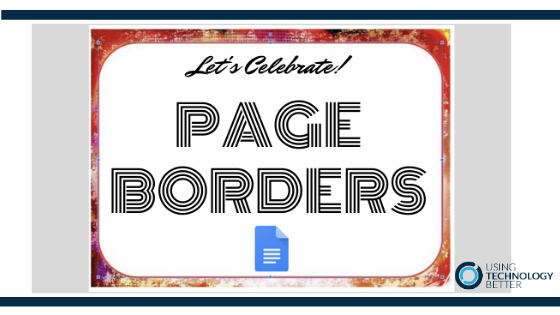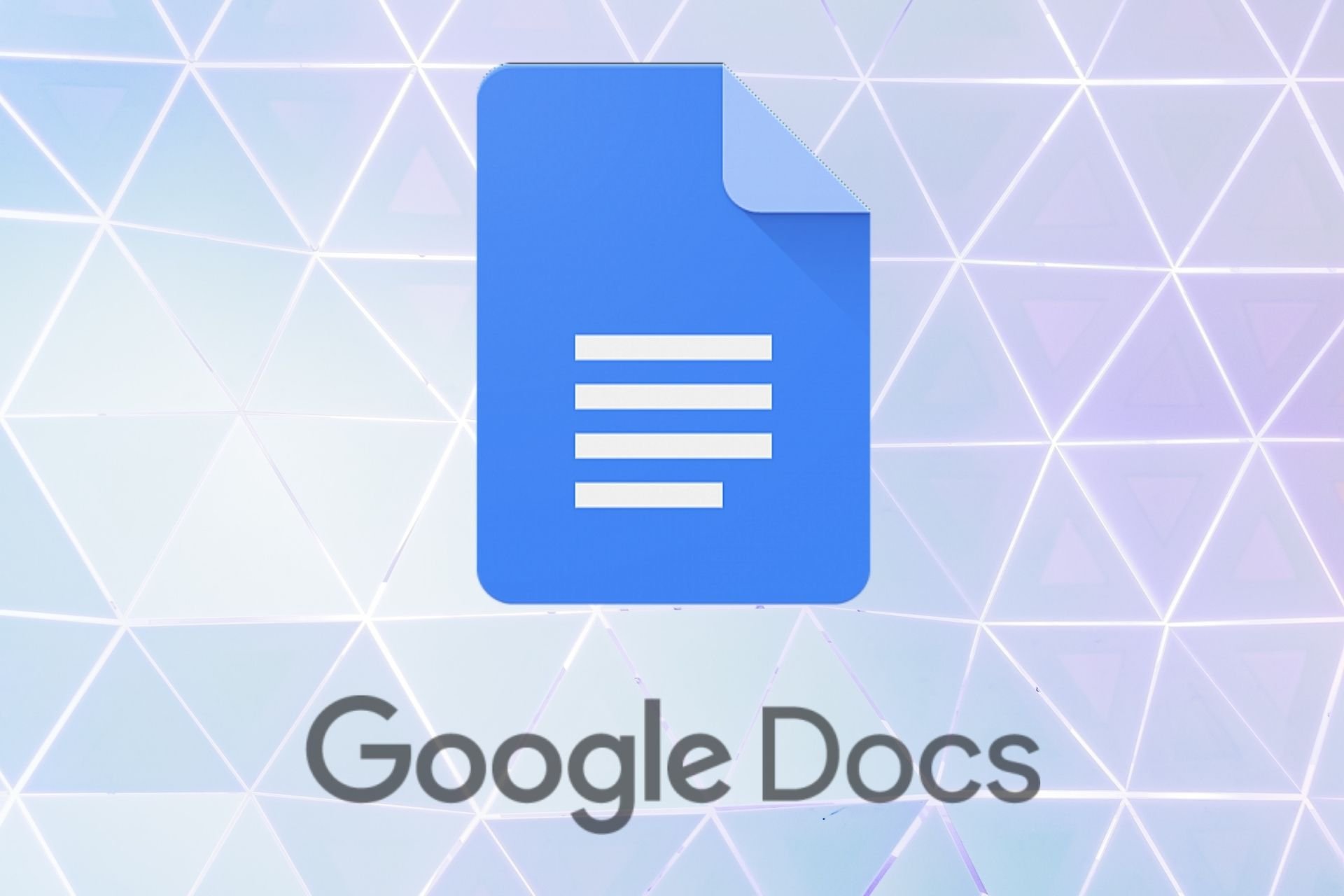

It includes Classic Menu for Word, Excel, PowerPoint, OneNote, Outlook, Publisher, Access, InfoPath, Visio and Project 2010, 2013, 2016, 2019 and 365.

Easy to find any command items you want to process.Without any training or tutorials after upgrading, users can work with Office 2007/2010/2013/2016 immediately.All new features and commands of Office 2007, 2010, 2013, 2016, 2019 and 365 have been added to the menus and toolbars.If you want to put a border around a paragraph, put your cursor in the paragraph and go to Format > Paragraph styles > Borders and shading. The border feature in Docs is for paragraphs, not pages.
Google borders for word upgrade#
The classic view helps the people to smoothly upgrade to the latest version of Office, and work with Office 2007/2010/2013/2016 as if it were Office 2003 (and 2002, 2000). The only way to put a border around an entire page is to create a one-cell table, change the table borders as desired, and enter your text in the table.

It brings back the classic menus and toolbars to Microsoft Office (includes Word) 2007, 2010, 2013, 2016, 2019 and 365.
Google borders for word software#
The software Classic Menu for Office is designed for the people who are accustomed to the old interface of Microsoft Office 2003, XP (2002) and 2000.

A window pop up for you to specify the Borders and Shading.Choose Borders and Shading in the drop down menu.Select the text you need to apply borders or shading.With Classic Menu for Word 2007/2010/2013/2016/2019 installed, you can click Menus tab to get back the classic style interface. Just take Microsoft Word 2010 for example, which is as well as in Word 2007/2013. Classic Menu for Office Home and Business.Classic Menu for Office 2007 Applications.Either way, clicking the Page Borders option will open a Borders and Shading pop-up window on top of the Microsoft Word window. If your Microsoft Word window size is reduced, then the icon may be eliminated and replaced with a Page Borders text option instead. Step 2 – Click the Page Layout tab at the top of the window (as mentioned above, you may need to click the Design tab in some newer versions of Word, then click the Page Borders icon in the Page Background section of the ribbon at the top of the window. In Microsoft Word 2010, click the Office button at the top-left corner of the window, click Open, then double-click the file you want to open. Note that you can also double-click a Microsoft Word document to automatically open it with Microsoft Word. Step 1 – Launch Microsoft Word, then open the document to which you want to add your page borders for Microsoft Word. When you’re done with your border, you may want to look into adding a background picture, too, if that’s something you think your document could use. This section goes a little more into depth on the processing of adding a page border in Word. Page Borders for Microsoft Word 2010 Procedure You can read below for additional information on adding page borders in Word, as well as some pictures for the steps. Select the type of border and the styling for it, then click OK.Click the Page Borders button at the far-right of the ribbon.Click the Design tab at the top of the window.There is a very minor change to this procedure in some newer versions of Word, which we will outline in the next section. Choose the type of border and style, then click OK.Click Page Layout at the top of the window.
Google borders for word how to#
Page Border in Word 2010- How to Add One (Quick Summary) However, by adding page borders for Microsoft Word documents, you can make your document stand out among other choices that only contain black text on white paper, which can mean the difference between that document being read or simply overlooked. Few people give consideration to the visual appeal of their Word documents, and even fewer consider page borders for Microsoft Word documents as an option for adding some visual appeal to their writings. Microsoft Word is an extraordinarily popular software choice for creating documents, but it is largely used as a means for putting ink to paper to create a digital representation of the thoughts in your head.


 0 kommentar(er)
0 kommentar(er)
